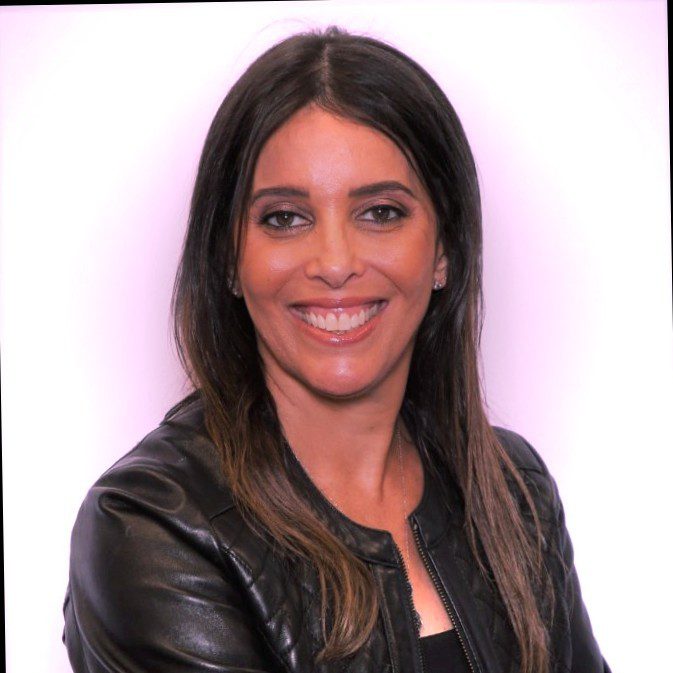In this CMO Roundtable, Chief Marketer convened 20 top marketing executives to get their take on the biggest challenges and opportunities facing their brands in 2019. From the promise of AI technology to the imperative of personalization, to the most compelling campaigns of 2018 and the impact of the #MeToo movement—we bring you all the best insights and ideas from our exclusive interviews.
 Network
Network

